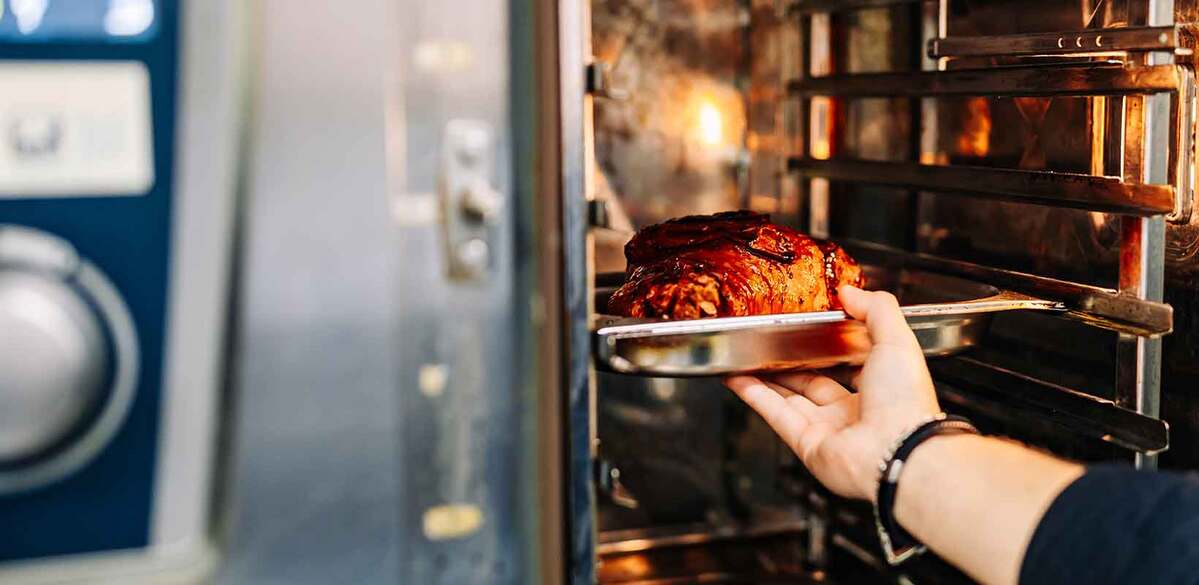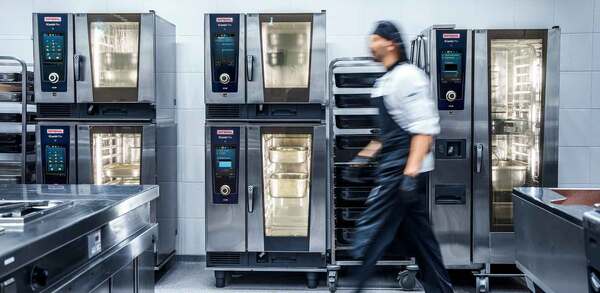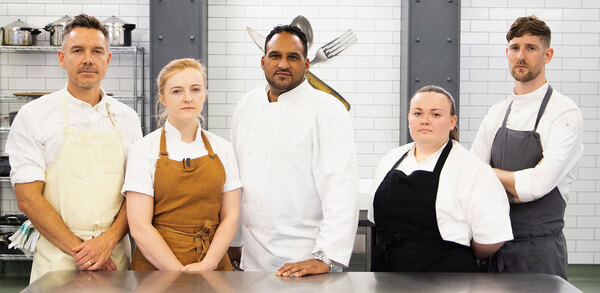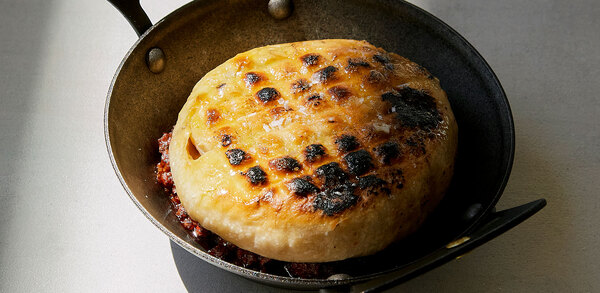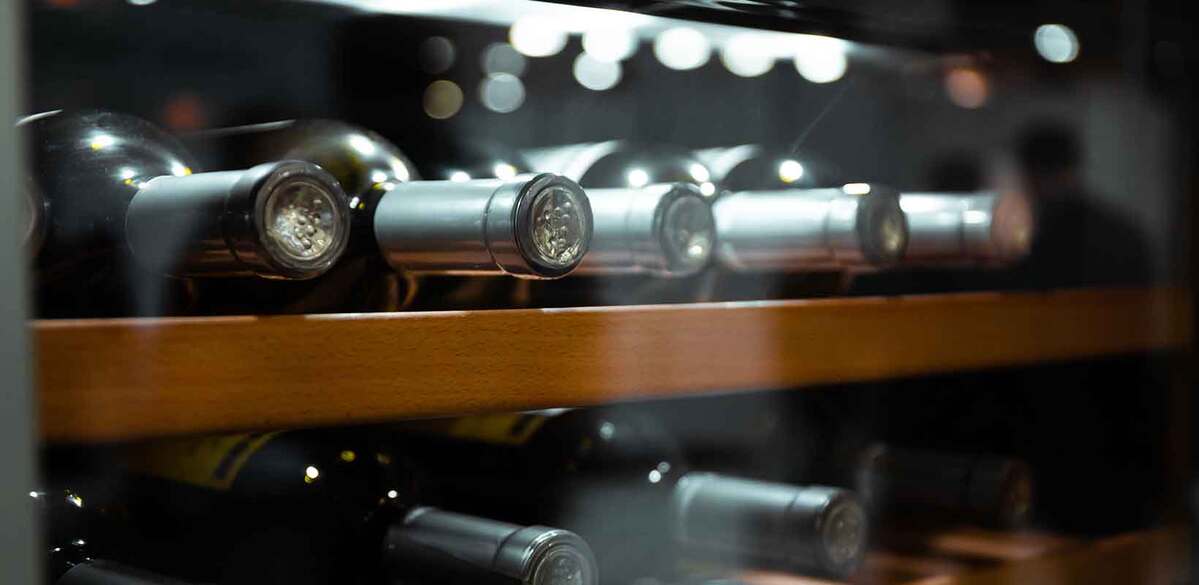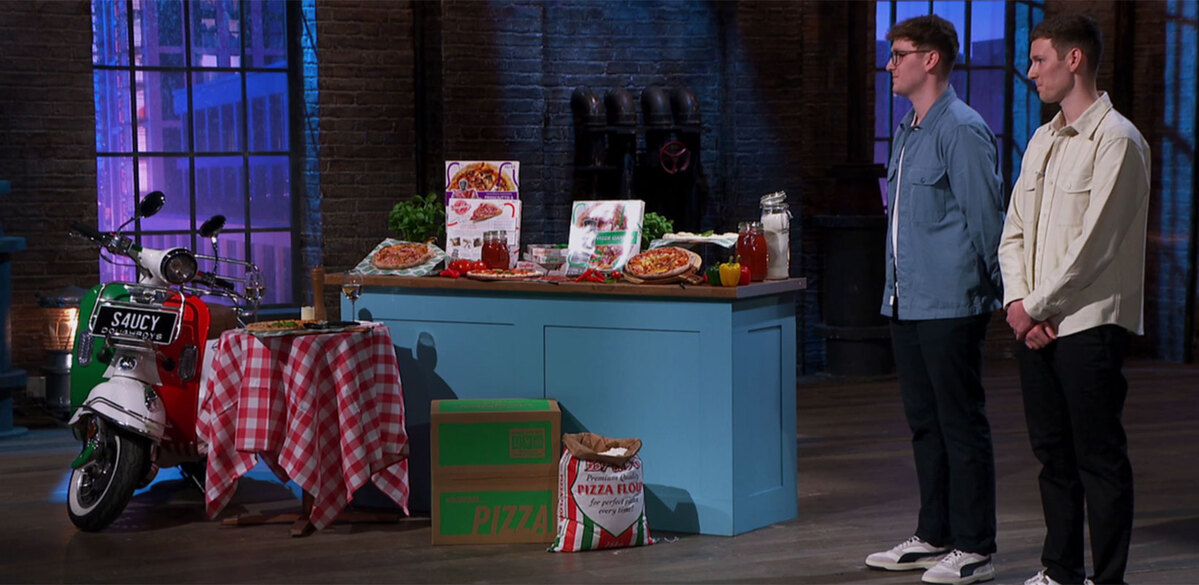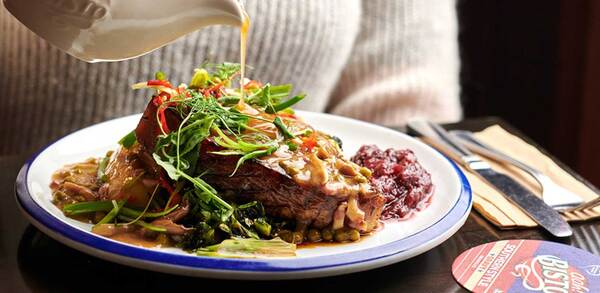FEA Guide 2024: The combi-oven – the tool that does it all
There may be a high initial investment, but combi-ovens will repay that with years of efficient service
The Swiss army knives of the professional kitchen, combi-ovens can essentially perform any type of cooking process a hospitality venue would require, and in a short timeframe.
There is now a vast array of combis on the market, so you should be clear about what your kitchen needs to use the appliance to cook before embarking on your purchasing decision. If you require more of a niche function, such as barbecuing or grilling, combis can offer a pretty good facsimile of them, using smoker or grill plate accessories, for example. But you would have to bear in mind that the end result may differ a little to the traditional specialised equipment.
Combi-ovens can offer hugely simplified operation too, freeing up more skilled chefs to concentrate on intricate food preparation or cooking, or fault-proofing processes for kitchen staff nearer the beginner end of the scale. Consider whether you would want to choose an appliance with instant touchscreen access to a multitude of recipes (which you could lock down and replicate across multiple sites) or you’d prefer a more manual input and control unit to tailor for individual dishes.
Quantity of output also needs to be appraised, with anything from three- to 20-grid models usually on offer. Consider how much food will you need to serve at any given time.
The FEA’s advice
If you’re looking to reduce your prime cooking carbon footprint, then multifunctional equipment is a good place to start. Because it can do so many different tasks, you don’t need to invest in multiple other appliances in the first place. That’s not only good for the budget, it’s also good for the planet, as the embedded carbon in a single piece of equipment is less than that in two or more. Combi-ovens or combi-steamers are probably the most high-profile, multifunctional devices, and one combi can replace conventional ovens, hobs, baking ovens, steamers, fryers and griddles etc.
Multifunctional cooking devices are typically highly energy efficient, too. The downside of that is that the initial investment (capex) is going to be higher than for equipment that’s less efficient. However, the operating costs (opex) will be lower – significantly lower in most cases. And that means that in as little as one or two years you’ll have made the money back. Given that this type of equipment should last 10 or more years, the savings will mount up hugely over time. The Carbon Trust estimates that as little as 15% of the lifetime cost of a commercial appliance is down to capex, with opex accounting for 85%. The economic argument for investing in efficiency is pretty much beyond question, especially with rising power prices.
Electrical multifunctional equipment tends to be the preferred option, with many operators moving to electric due the higher carbon emissions associated with gas burning appliances. Equipment using advanced electronic controls with insertion sensors ensures the product is cooked properly and in the most energy efficient manner. Connectivity helps reduce costs as the system can report any issues with performance, allowing for early intervention to prevent premature failure of a component.
ETL
Several combi-oven brands feature on the government’s Energy Technology List.
Read more from the FEA Guide
Rational’s appliances increase productivity while reducing energy consumption >>
Unox is taking your kitchen into hyper-speed >>
Refrigeration – how to choose the correct equipment >>
Prime cooking – the kit to help you be energy efficient and environmentally clean >>
Microwaves and rapid cooking – are microwaves a secret weapon in the kitchen? >>
Hot and cold holding displays – display units to boost your revenue generation capabilities >>
Warewashing – here’s how to make the decision on the perfect warewasher >>
Photo: siamionau pavel/Shutterstock



